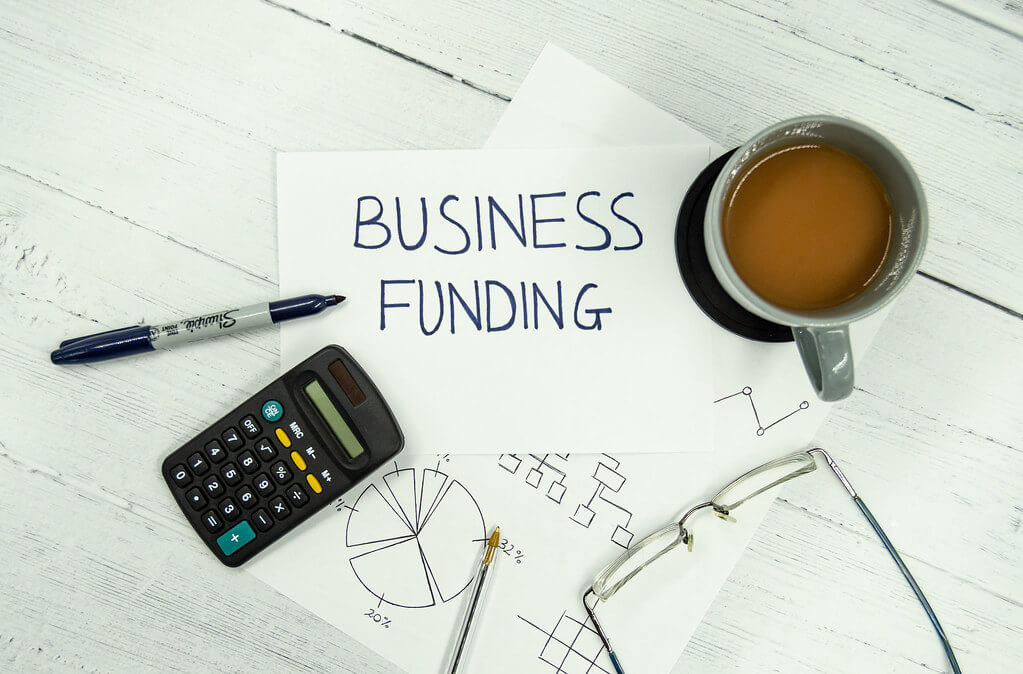5 Rules to Follow When Applying for a Small Business Loan
Applying for a small business loan might be more comfortable than pursuing other loans. However, you need to be cautious about it. Your burgeoning business might be dragged under, at least, if you fail to pay it back.
For this reason, there are five crucial rules of thumb that you need to abide by to keep your small business debt from subduing your company’s potential.
Borrow Only What is Necessary
Understanding how much you really need to borrow is the first rule to take heed. As much as possible, borrow only what you need. You need to be sensible about how you intend to spend your small business loan.
For example, if you will use it to purchase office furniture, make practical choices about what you will buy. It’s okay to buy second-hand office chairs and table if it can help you save a great deal of money. The same goes for cabinets and even that sofa you will use to accept guests and visitors.

If you can utilise extra space in your house as your makeshift office, then you can skip renting space elsewhere. You can even convert or garage or basement to serve as your office.
The key here is to curb startup costs, so you don’t need to borrow a big amount on your business loan.
Look for the Right Lender
The majority of business owners work with banks to look for small business loan opportunities because they’ve been working together for years. But choosing an alternative business lender is a much less risky and stressful option unless you’re looking to borrow at least $ 1 million.
Borrowing from banks and other traditional lender might not be ideal as there are tons of paperwork to do. And, you’re going to wait several months only to find out your application has been denied. Of course, cases may vary. You must also be in business for at least two years and have a stellar credit score.
None of these requirements applies to alternative small business lenders. With that, the next thing to consider is the lender’s track record when it comes to accepting loan applications from businesses whose goals and financial circumstances are similar to your own. Then, evaluate their programs and the flexibility of their terms.
Make sure that you’ll choose a program with minimal impact on cash flow and is cut to fit the current status of your business, especially dips in revenue and cyclical jumps.
If you are looking at how much you can borrow from a payday lender, this may be limited to just £1,000 or £2,000 – but this is a very expensive way to borrow and is often for just a few weeks, so should ultimately be avoided for a small business.
Have Your Money in the Bank
The logic behind it is pretty simple; the more money you have in your bank account, the less risky your business will become to the lenders.
Some alternative business lenders will anchor their decisions heavily on financial statements and bank statements. They want to know if you can pay off debt while covering inventory, payroll, rent, and other regular expenditures and that you’ll not be subjected to NSF fees. And the only way to prove it is by showing that more money is coming into your business than going out.
You might assume that a profit-making business will have no problem proving with cash flow. However, bank statements often get recorded right after businesses pay their third-party suppliers, and not right after the business pays itself or gets paid. Thus, before a small business loan application, it’s crucial to make sure that your bank statements will show that your business doesn’t have a tight margin every month.
Get All of Your Documents Ready
Getting all of your documents ready is arguably the most demanding aspect of applying for a small business loan. Typically, banks will ask for various documents along with a series of application forms, while alternative business lenders only require a few documents which make their application process fast and easy.
Take note also that different programs will require different documents. But, the common ones you’ll need to submit for almost every program are recent business financial statements and bank statements. Both of which consists of a balance sheet, profit and loss statement, and cash flow statement.
There are specific loan programs too that might require personal tax returns, credit card statements, and a personal financial statement. These documents will serve as proof that your business is gaining a steady stream of revenue, can afford to take on debt, and is not crippling itself with regular expenses.
Acknowledge Your Options
Knowing your options when it comes to borrowing a small business loan is another important rule you need to uphold. Apart from banks and other lending platforms, some loans are backed by the government that provides lower interest rates such as those from the SBA (Small Business Administration).
You can also get assistance from angel investors or private individuals who help in funding small businesses and startups in exchange for a low-interest loan or part ownership. You can also borrow from peer to peer lending websites. You’ve got many options so explore them first before settling down to the one that could help you grow your flourishing business.
Takeaway
If you’re able to do it right, a small business loan can be taken as good debt. But if you’re not cautious and prudent about it, you might lose the business that you just started. Of course, you can prevent it from happening. Follow the given rules above to help your business stay afloat and develop.



